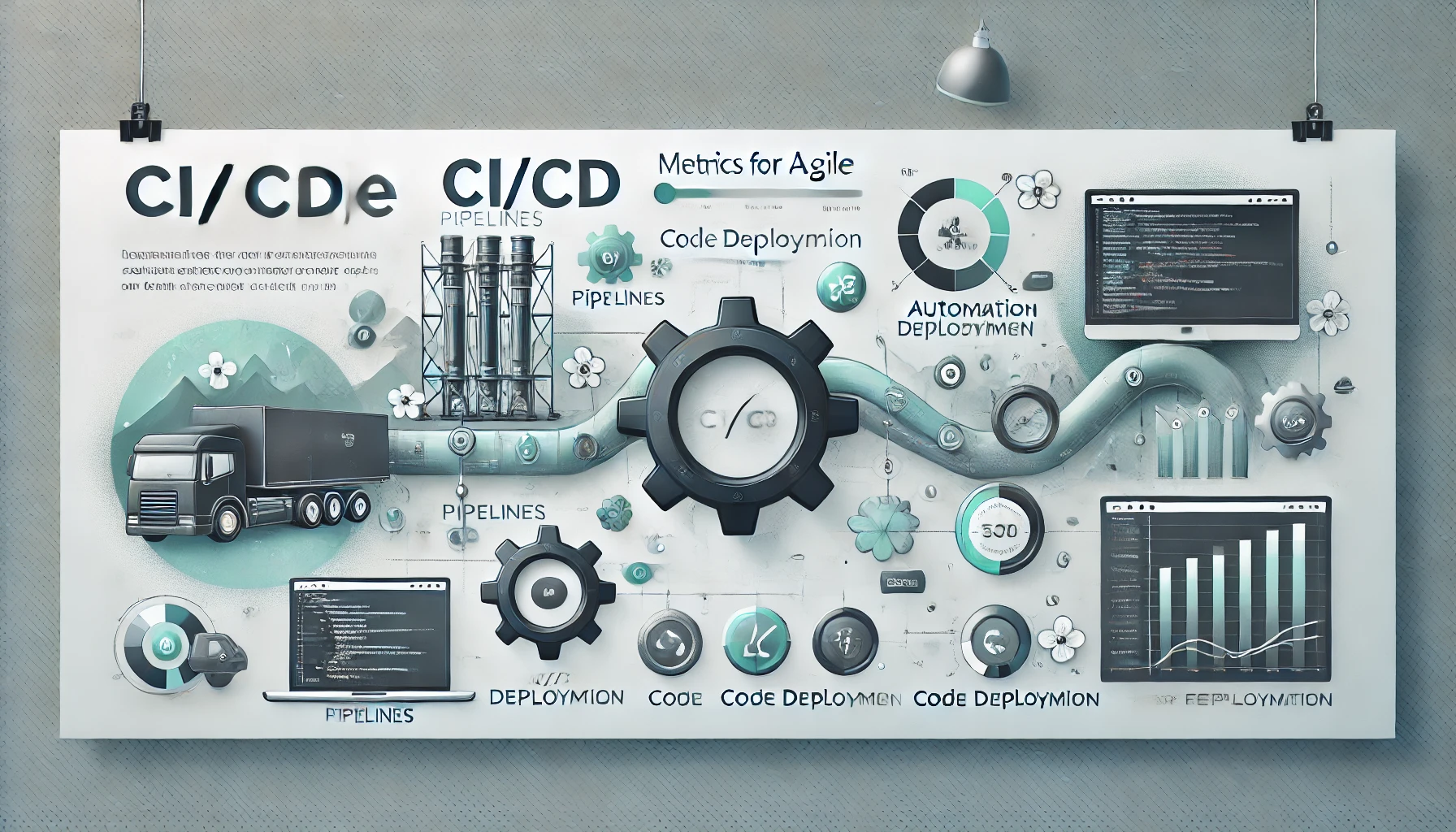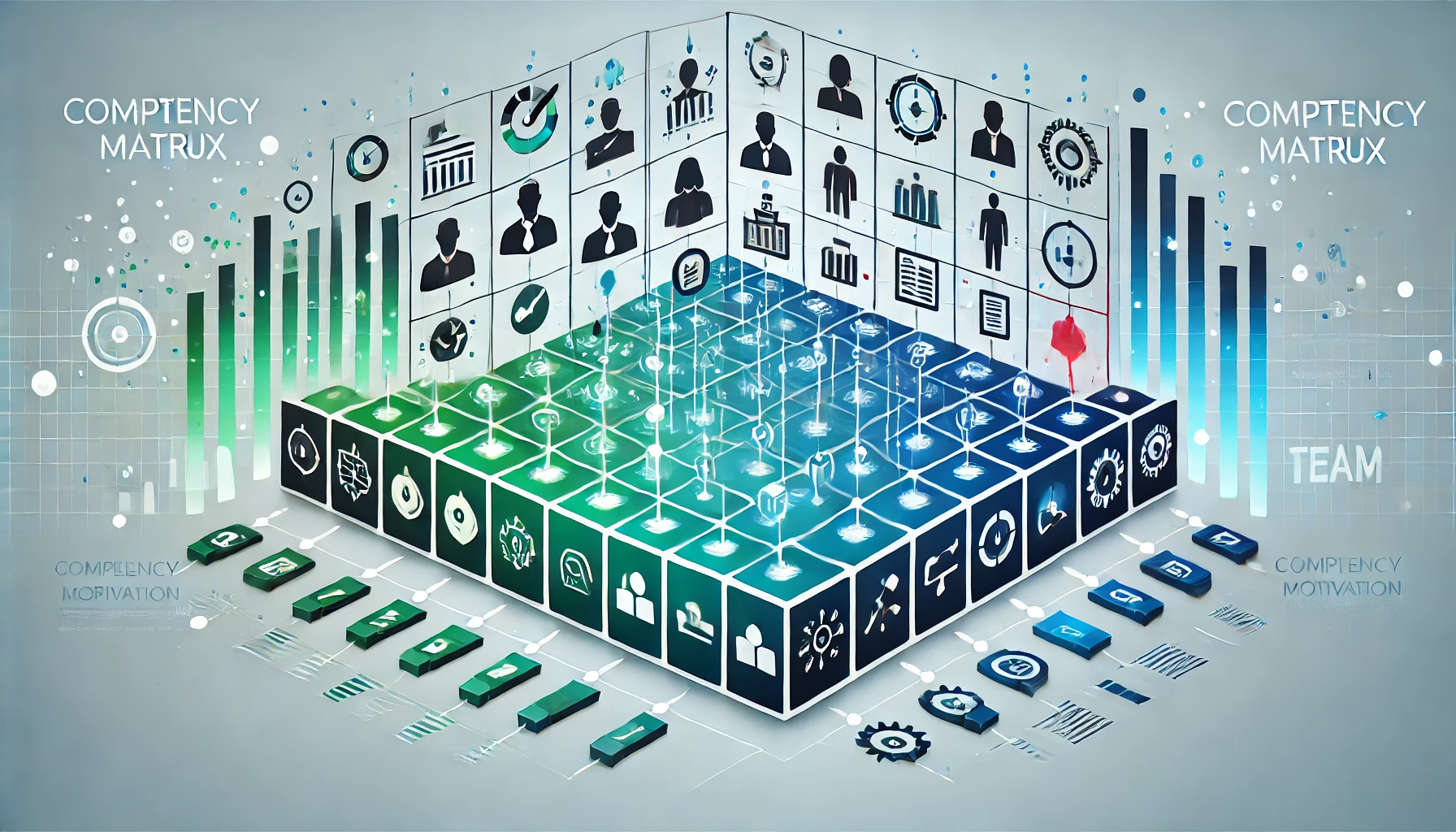WHAT CAN BE DONE TO PREVENT BURNOUT?
As long as you don’t know how the brain works, you just think that some people are better off than others. But the brain is not actually designed to make us happy. Put simply, each of us lives in our own personal hell.
The brain grows unevenly throughout life. By the age of 25, the brain’s neuroplasticity begins to drop and our enjoyment of life begins to fade. When the brain processes incoming signals quickly, we feel good; when neuroplasticity decreases, we feel bad. At the age of 30, many people experience a kind of crisis: you are sailing on your favourite yacht, but life is no longer fun; you are in hell.
Read moreAGILE METRICS FROM BUSINESS INTELLIGENCE TOOLS
Some people may be surprised by the metrics listed here. You might think that these are abstract metrics related to the business, while the development team should focus on traditional development metrics such as speed and defect rate. I think this is wrong! In fact - these are the most important metrics. These are your ‘results’, not your ‘conclusions’. The whole team needs to know and think about these metrics. The greatest success you can achieve is when the whole team feels ownership and pride in what they are creating. Developers need to feel connected to the customers, their values and the results for the business they are helping.
Read moreAGILE METRICS FROM CI/CD
These metrics come from continuous integration and continuous delivery tools. They are now part of a holistic DevOps tool chain and automated pipeline.
Test coverage
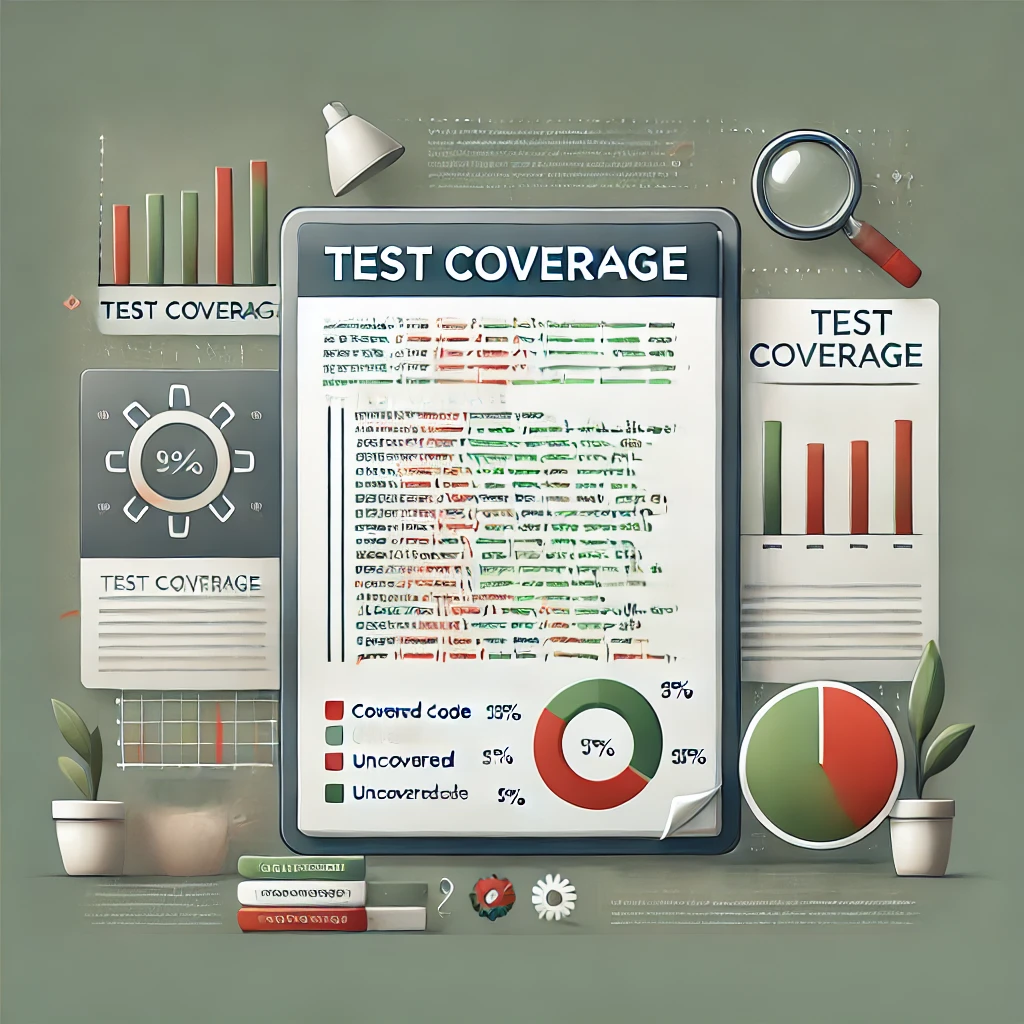
This is a very popular and ambiguous metric that many people get stuck on. It is the proportion of the code base that is covered by automated tests. More specifically, it is the proportion of methods for which one or more automated tests (unit or integration tests) are defined. While automated test coverage is a good idea, you should be careful with this metric. There are several reasons why this metric should be treated with caution:
Read moreAGILE METRICS FROM VERSION CONTROL SYSTEM
Version control systems are a fundamental part of software development. Everyone uses them, even independent developers, because they too need to see the version history and be able to roll back. There are two common types of version control systems: centralised version control systems (CVSs such as SVN) and distributed version control systems (DVCSs), as they offer some important advantages. For the purposes of this guide, we will assume that you are using, or have access to, a DVCS. If you are using CVS, you will have a much smaller set of useful data, and you will also run into some inherent problems, so I recommend that you switch to a DVCS as soon as you have the chance.
Read moreHOW PROJECT MANAGERS RUN PROJECTS: BEGINNERS GUIDE
What is the matter of this post? The main reason why I choose this topic is to help beginners test their awareness and start building a bridge between theory and practice, and perhaps get rid of stereotypes. The material is primarily aimed at juniors and trainees in PM, but it can be useful for other IT specialists. And of course, I want to bust a myth that a parrot can be promoted to PM if he can say “well, what’s there?”.
Read moreCOMPETENCY MATRIX AS A TEAM MOTIVATION TOOL
A competency matrix, also known as a skill matrix, is a tool used to map required skills for an employee or a team. It is an essential tool where the grid makes it easier to visualize the required and available skills in a team.
The competency matrix is one of the risk management tools. It helps allocate tasks with load balancing, burnout avoidance and unexpected losses of key competencies in the team.
Read moreAGILE METRICS FROM LEAN KANBAN
Story Lead Time
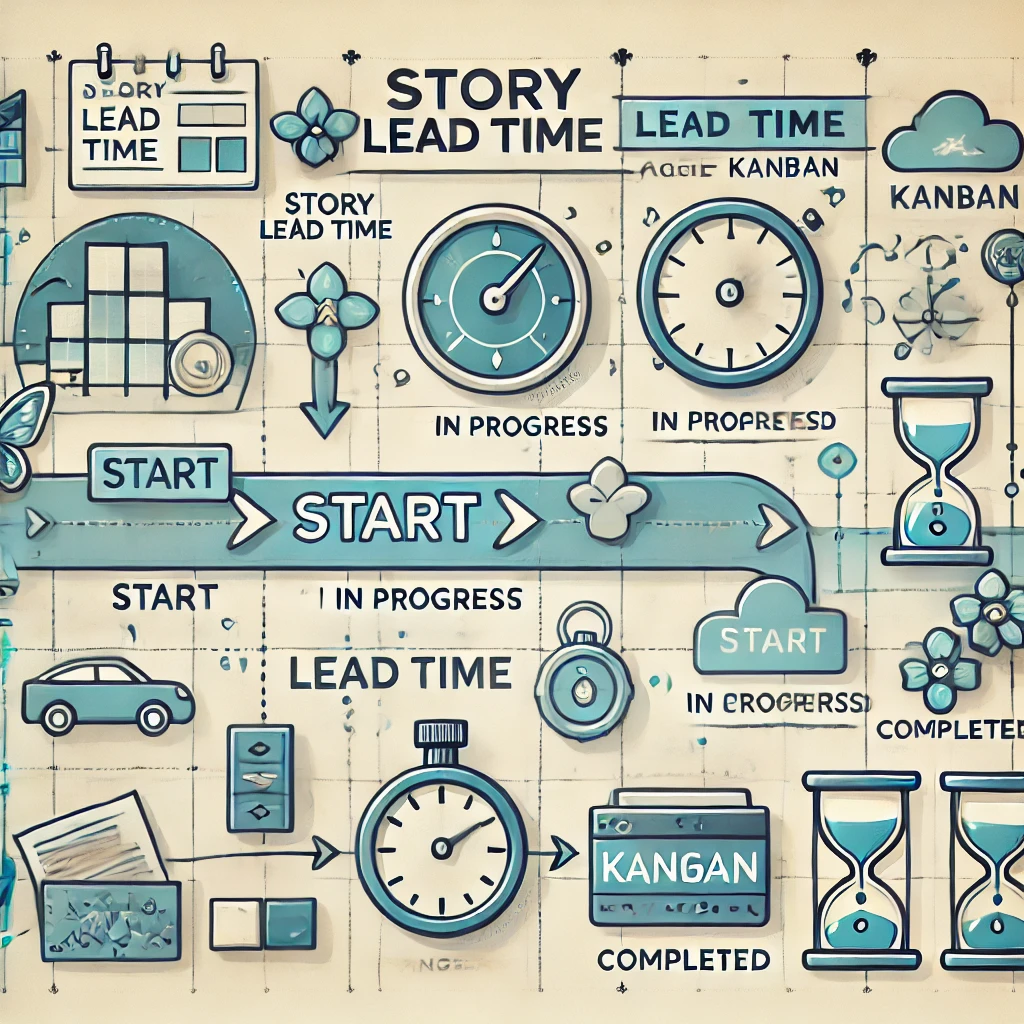
Lead time is a concept that is often used in Lean and Kanban methodologies. It is the total time elapsed from when a user story is entered into the system (e.g. written to the backlog or created in a project management tool) until it is completed, i.e. becomes ‘done’. This includes the time spent in the backlog. So the history runtime tells you how long it takes for a request or enhancement to fully pass through the system. You may want to change the criteria for when a story is ‘Ready’ to signify that it is actually released to customers rather than ready to be released. When calculating velocity, you’re using your usual definition of ‘ready’ (which matches your definition of ‘Ready to Deliver’ rather than actually released to the customer) because you’re trying to figure out how quickly your team can close out one story completely and move on to the next. Lead time is a measurement of the total time it takes to execute from first creation to realisation (when it starts to deliver value). Execution time is useful for determining the overall velocity of your value chain. You should try to reduce your story execution time (in many ways it is a much more important metric than velocity).
Read moreHOW TO DOWNLOAD FROM YOUTUBE
There is still some situations when you want to download video from YouTube with best quality. And so many options. Web is full of online solutions from browser extensions to standalone third-party applications. But what about quality? All this free and cheap solutions allows you to download 720p max. But what about higher resolutions? And again, web full of paid third-parties that in description can allow you to do that. But is it worth? Of course no. In this short article I will give you best free solution that helps you download video from youtube not only in FullHD, but also in 2K and 4K. Let’s go.
Read moreAGILE METRICS FROM AGILE PROJECT TOOLS
Let’s continue our journey through agile metrics. And from this part we will dive directly into them following order that was set in previous part. And we will start from the metrics related to Agile Project Tools.
Velocity
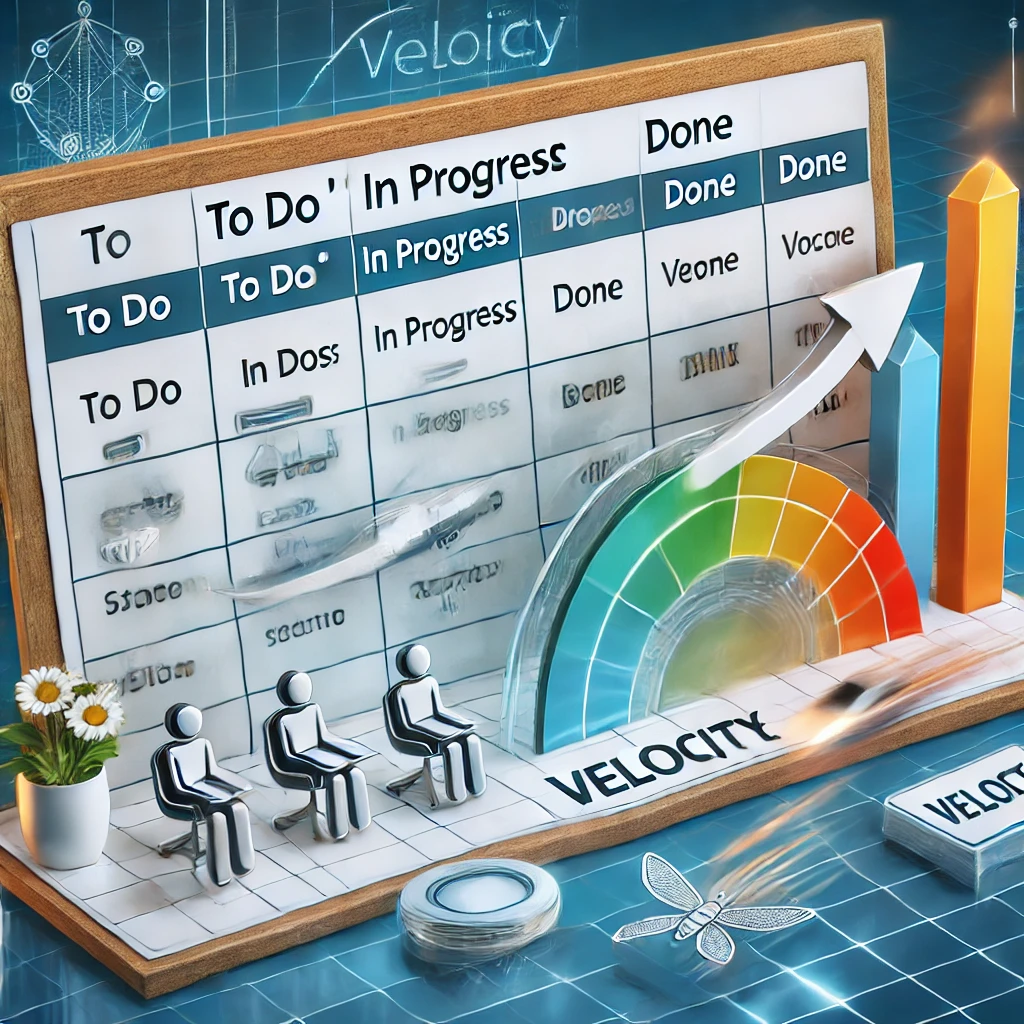
This is the first metric that is looked at when talking about agile metrics. It is the most commonly used and overrated. And to help you understand why you may use it wrong answer on the question “How do you calculate velocity?”.
Read moreAGILE METRICS PRINCIPLES
In this series of articles I will give you information about agile metrics so that you have an understanding of what they are, how to measure them, and ways to use them.
The articles will cover all the possible metrics you are likely to want to use. You’ll learn what they mean, when you can use them and how, and when you shouldn’t use them.
I have divided all the metrics into five categories:
Read more

